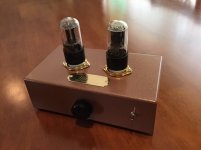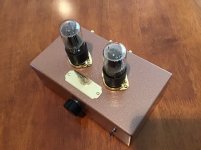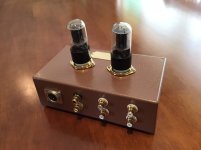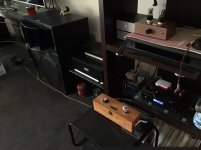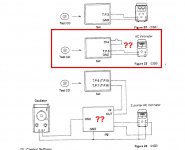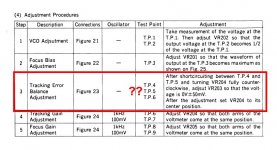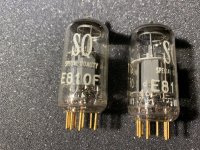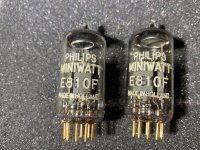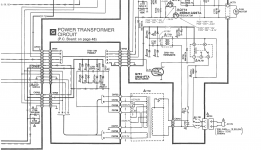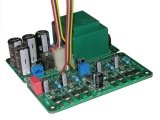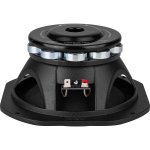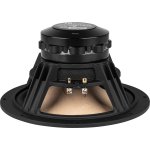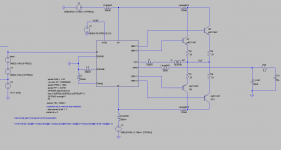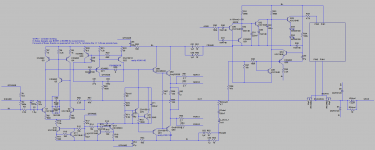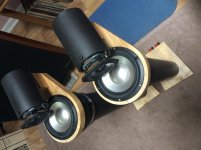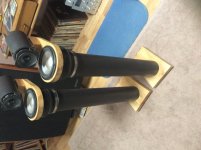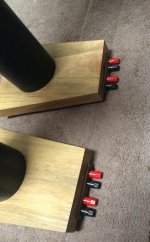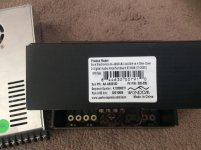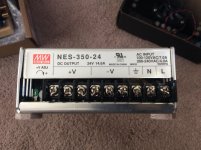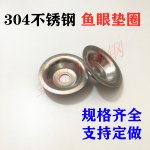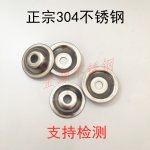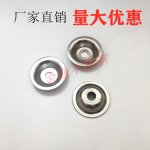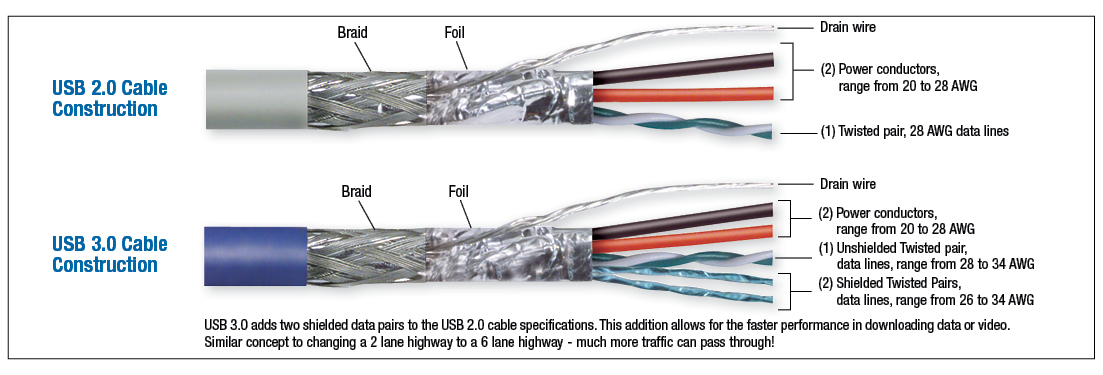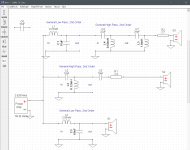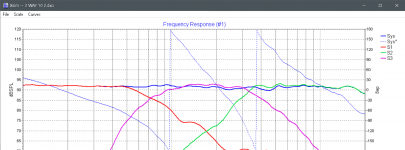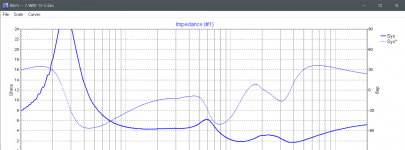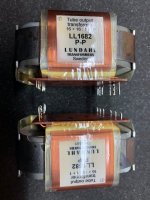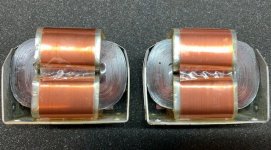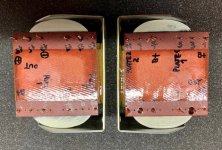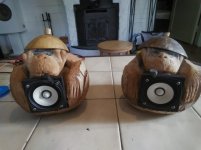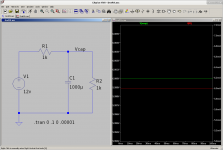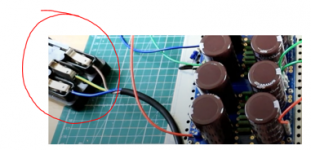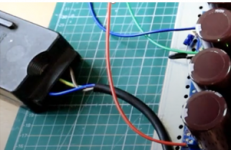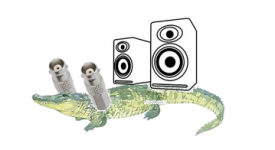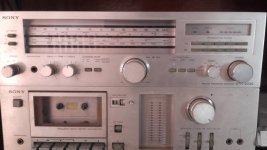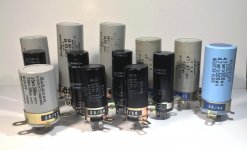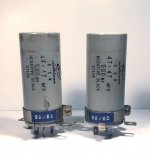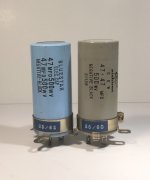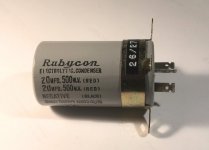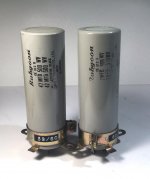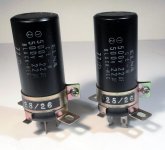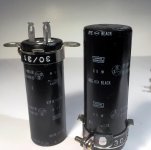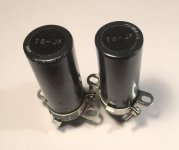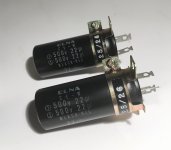Long story short, a friend of mine gave me a Nikko Alpha II power amplifier that had a scratchy right channel. I figured it would be a great project to learn how to fix up an amplifier. Keep in mind that I have no formal education regarding electronics, and my knowledge of circuits is very, uh, rudimentary.
Here's what I've done to it so far:
- Replaced all capacitors on the power supply board and amplifier boards. Several of them on the amp boards were leaking, a couple had leaked quite a bit. I should note that the protection circuit board, the only other board in the amplifier, had already been serviced when I got it.
- Replaced all of the wiring on the main transistors (the ones attached to the heatsink) with jumpers, since the circuit boards they were mounted to were degrading and losing their connection (hence the scratchy left channel)
- Replaced the 4 power capacitors with caps of the same voltage rating and size, to make mounting the new ones into the chassis as easy as possible. The originals were 10,000 uF/63V, the new ones are 22,000 uF/63V.
- Replaced one capacitor on the protection circuit using jumpers, since it seems to be degrading in the same way as the transistor PCBs with the traces coming loose. (I should note that the amplifier and power supply boards are made of a different, higher quality material and are holding up just fine)
Every fix I've done has usually resulted in me gacking
something else up, so the state of the amp has been between one channel muted to the other channel muted to functional--at one point it worked but when I put the chassis and heatsinks back together, a bare wire shorted a one channel
and a cap on the protection circuit's PCB trace came loose while I was checking it. The most recent repairs were the power cap replacements and fixing the capacitor on the protection circuit board.
Now, I've turned it on, and hooked it up to my speakers, and it produces music... that sounds like garbled ****. In particular, the midrange and lows mostly sound fine but the treble in both channels is severely clipped and warbled. I've tried this with two different sources, speakers, speaker wires... to the same result.
Interestingly, when I turn the amplifier off... it keeps playing music for maybe 10 seconds, WHICH SOUNDS MOSTLY FINE. The clipping (99%) is gone.
Any idea what I should be looking for? Are the new power caps too much, or did I mis-wire something... maybe something with the transistors again? (Also, if anyone has a website that could ELI5 transistor bias in an amplifier that would be deeply appreciated, most of what google produces goes way over my head). Would it be possible to replace the protection circuit board with something generic that isn't degrading?
Thanks in advance to any and all help!
